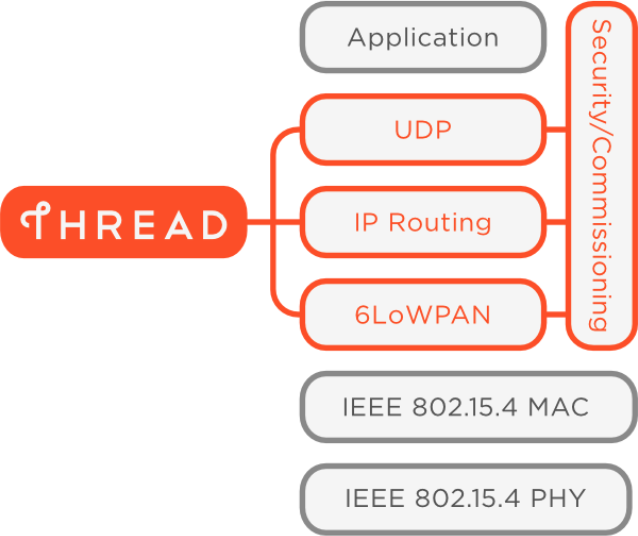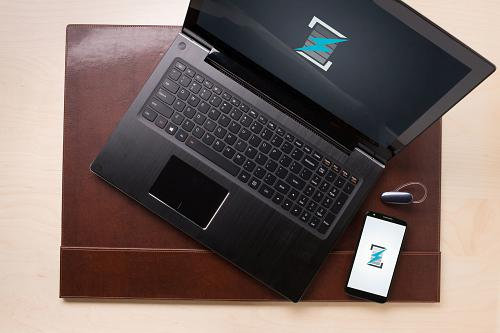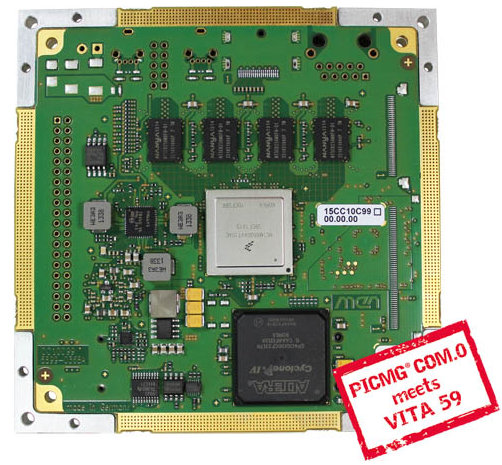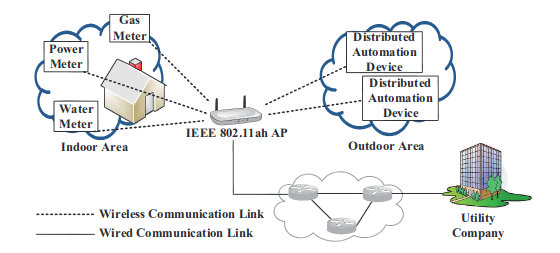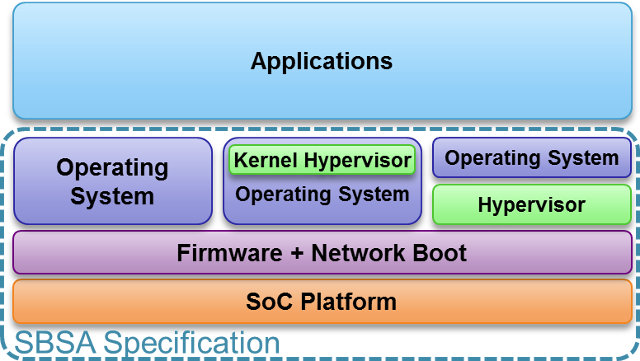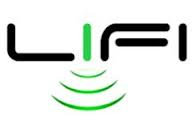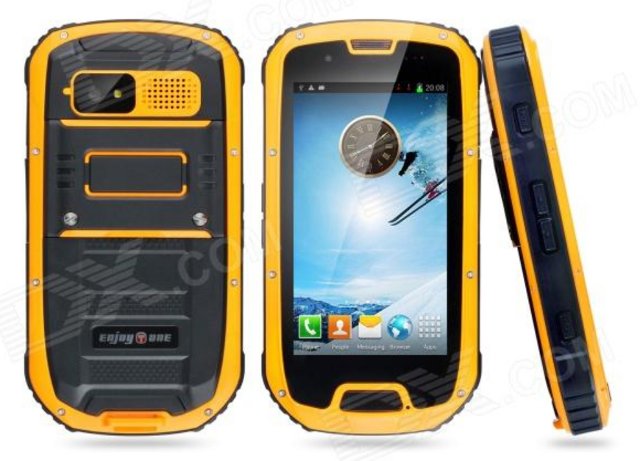Wi-Fi is a neat way to connect devices to Internet, but it has two main inconveniences: relatively high cost and power consumption. Luckily there are standards that addresses the cost and power consumption issues. Radio chips based on IEEE 802.15.4, a standard which specifies the physical layer and media access control for low-rate wireless personal area networks, are common place and found in many existing devices relying on higher level wireless protocols such as ZigBee, ISA100.11a, WirelessHART, and MiWi. AFAIK, Zigbee is the most popular of the aforementioned protocols, but is hindered by the requirements of the license for commercial products (annual fee), Zigbee membership requirements conflict with many open source license such as GPL, and the standard suffers from lack of interoperability and IPv6 support, and power requirements that are too high for some applications. So a consortium of seven companies namely ARM, Big Ass Fans, Freescale, Nest, Samsung, […]
AW4P’s Rezence Specifications Now Support Wireless Charging for Laptops up to 50W
At the end of last year I wrote about Rezence, one of the existing wireless charging standards using magnetic resonance, which does not require end-users to perfectly align their mobile devices to charge them properly. At the time, specifications to charge feature phones and smartphone were already available, but the Alliance for Wireless Power (A4WP) was also working on defining the requirements to charge laptops wirelessly. Work is now mostly complete, and A4WP has announced specifications supporting 50W wireless charging capable of charging your laptop, smartphones, and tablets simultaneously by simply placing the device on or close to a charging surface, without having to performance any specific alignment. The organization expects publication and upgrade to the existing Baseline System Specification and certification program by the end of 2014, and they’ve also announced over 100 companies have already joined A4WP including silicon vendors such as Broadcom, Mediatek Intel and Qualcomm, as well as devices manufacturers such as Dell, Fujitsu, Foxconn, Lenovo, Logitech and […]
ARM Based COM Express Modules by MEN Mikro Electronik and Pactron
A few days ago, in a post listing different system-on-module (SoM) standards, I mentioned COM Express standard was targeting SoMs based on x86 processors, and SMARC was the equivalent for ARM. I still understand it’s the case as COM Express standard defines mechanical dimensions that are usually larger than SoM standard for low power processors, some buses found in ARM and x86 are different (e.g. AFAIK LPC and PCI are not found in ARM SoC), and the standard supports high power signals which are not needed in ARM or MIPS processors. Having said that, I’ve been pointed out to two ARM based COM Express modules, which could make sense if you want to use an ARM based module using existing COM Express compatible baseboards. The COM Express modules below feature Freescale i.MX6 and Marvell Armada XP SoCs, and have been designed respectively by MEN Mikro Electronik and Pactron. MEN Mikro […]
802.11ah Wi-Fi (900 MHz) to Provide Low Power, Long Range Connectivity for the Internet of Things
Most devices now feature Wi-Fi modules capable of handling 802.11 b/g/n at 2.4 Ghz (and 5 GHz for dual band Wi-Fi), and newer devices and routers boast 802.11ac connectivity @ 5GHz with increased bandwidth (up to 1.2 Gbit/s in theory, maybe around 400 Mbit/s in practive), and in some case increased range with beam-forming. But thanks to an article on EETimes, I’ve learned there’s another upcoming Wi-Fi standard called 802.11ah operating in the 900MHz range, with data rates from 150 Kbit/s with a 1 MHz band to as much as 40 Mbit/s over an 8 MHz band, lower power consumption, and a least double of the range of a typical 802.11n device,capable of covering an area of about 1 km2. The target applications are sensors networks, backhaul networks for sensor and meter, and extended range Wi-Fi, as the standard allows long range and more clients at low bitrates. This new […]
ARM Unveils Server Base System Architecture Specification (SBSA) to Standardize ARM based Servers
64-bit ARM based servers should hit the market later this year or earlier in 2015 with SoCs such as Applied Micro X-Gene or AMD Opteron A1100. ARM still has the lead in terms of efficiency with a lower dollar per watt ratio, but Intel is closing in with their new Avoton server-on-chips. However, there’s one aspect where Intel is clearly in the lead: standardization and compatibility. ARM is very flexible, and allow SoC designers to create more or less what they want, but it comes at the cost that most ARM based systems are not capable of running mainline Linux, and instead use vendor trees. With many applications, that may not be critical, but when it comes to data-centers, companies want to be able to run the latest Linux version with the latest security patches as soon as possible, and want to lower the total cost of ownership (TCO), so […]
OLEDCOMM LiFi System Transforms Your LED Light Bulbs into Wireless Access Points
Oledcomm, a French startup, has designed a system based on LiFi, part of IEEE 802.15 standard, that quickly modulates your existing LED lights and deliver wireless networks in a similar manner as Wi-Fi, and delivers up to 1Gbit/s bandwidth. The modulation is fast enough so that it’s invisible to the human eye, and all your need is a LiFi enabled router that will power and transmit data to your LED lights, as well as device with a LiFi receiver, such as a LiFi enabled smartphone. Transmission is somehow bidirectional. Charbax filmed a demo by the company at CES 2014, and he seems to be in a state of disbelief during the interview, just as I did. The company did not want to provide technical details, as they are still looking for investors, but this appears to be real. In the video, they mention up to 10MB/s throughput, lower than the […]
Rezence Wireless Charging Standard Gets Rid off Charging Pads, Leverages Bluetooth 4.0 LE
I’ve just found out via my twitter feed that Nordic Semiconductor had announced the availability of the Bluetooth LE-based S120 8-link central protocol stack and nRF51 Wireless Charging SDK for wireless charging applications based on a new wireless charging standard called Rezence. The Alliance for Wireless Power (A4WP) gave their wireless power technology the name Rezence a couple of weeks ago. Rezence uses magnetic resonance, instead of inductance used in first generation products, and bring several key improvements: Greater charging range – Your device does not need to be placed on a charging pad, but it can be placed anywhere within range (I could not find data yet). Multiple device charging – Ability to charge multiple devices with different power requirements at the same time, such as smartphones, tablets, laptops and Bluetooth headsets. Up to 8 devices with Nordic Semi solutions mentioned in the introduction. Ready for the real world […]
Low Cost Rugged, Waterproof and Dustproof Smartphones Powered by Mediatek Processors
If you need a truly waterproof and dustproof smartphone, the Samsung Galaxy S4 Active, compliant with IP67 standard, is probably the most popular phone with this particular feature. However, the phone sells for nearly $600 on site like Amazon, and it may be nice to have some lower cost options. Today, I’ve come across two smartphones powered by Mediatek dual and quad core SoC that are both compliant with IP67 standard, and although their specs do not match the Galaxy S4 Active, the features found in these phones are still pretty good, and they can be purchased at a much lower price. The smartphones I’ll feature in this post are also rugged, which is not really the case for the Samsung device. IP67 standard? What does that mean in practice? The IP Code, Ingress Protection Rating, aka International Protection Rating, classifies and rates the degree of protection provided against the […]


